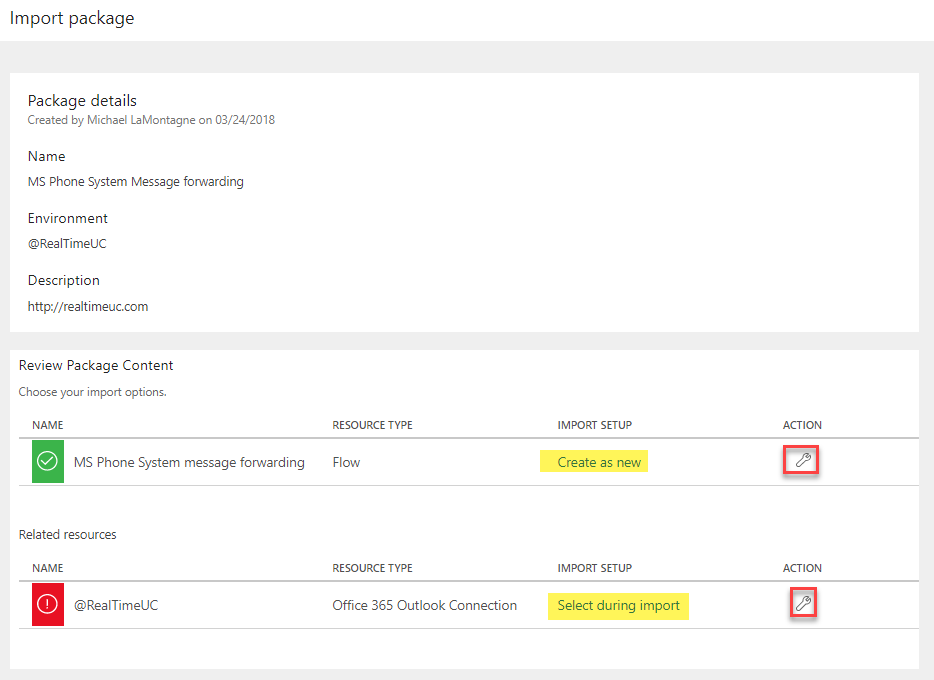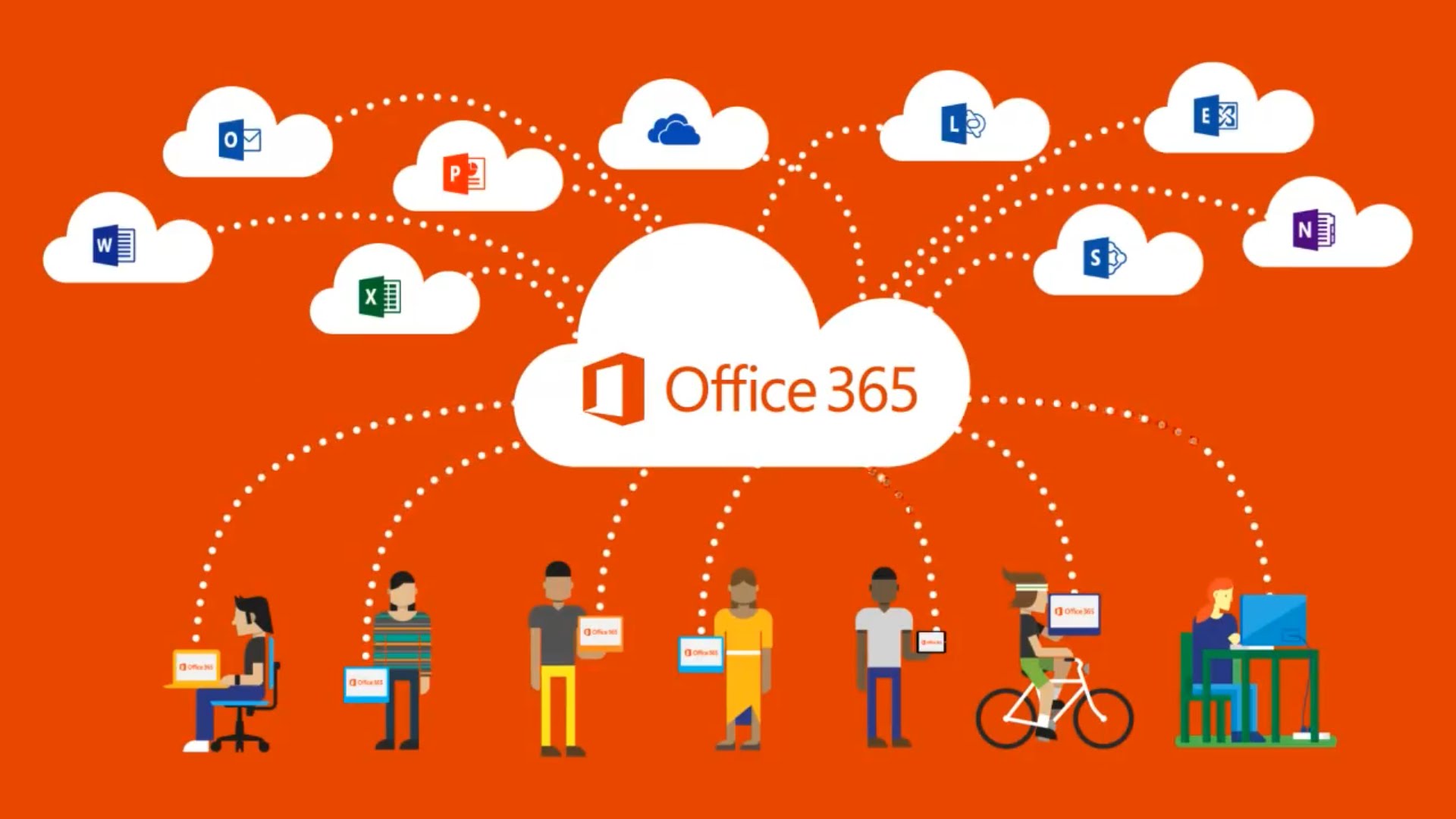
These could then be inserted individually into your Word document.
#Office 365 mergepdf pdf#
If you, for instance, have a five-page PDF file, you could use your PDF program to break it apart into five separate one-page PDF files. You can then insert these images into your Word document and size them as desired.Ĭlosely related to this approach is the idea of splitting your PDF file into multiple PDF files. This is not done in Word, but in an actual PDF program-choose to export the PDF file to images, and you'll end up with a single PDF for each page in the PDF file. If you want to keep the formatting on the inserted pages looking exactly like it was in the PDF or you don't want people to be able to change what is in the PDF, you can convert the PDF file into images. If you want to go this route, see the section later in this tip that deals with doing a conversion.

If you are using Word 2013 or a later version, you can convert the PDF file to a document and thereafter copy and paste the information you want to use. (This is necessary because you've just discovered that your version of Word is incapable of displaying more than the first page of a multi-page PDF.) If you know that the PDF file has multiple pages, you should delete the single page you just inserted and use a workaround. This is particularly true if you are using Word 2007 or Word 2010 but may also apply if you are using a later version of the program. When you try to insert a PDF file in your document, you may only see a single page from that document. Not only can you not display a multi-page PDF file (the topic of this tip), but you cannot even display a single-page PDF file. Well, enough of that rant-the bottom line is that if you see the bland icon, you are sort of out of luck. Yet, it cannot, by default, display a PDF file in your Word document.
#Office 365 mergepdf how to#
(More on that a bit later in this tip.) It also knows how to display PDF files, by default, in the Edge browser. It also, beginning with Word 2013, knows how to make a brave stab at opening a PDF document and converting it into a Word document. You see, even if Word doesn't know (by default) how to display PDF files in a document, it knows how to create PDF files from you document. If you don't see an object type listed for PDF files, then Word doesn't know how to open and display PDF files in your documents, and you are stuck with the bland icon. Remember earlier, when you displayed the Object dialog box and you displayed the Create from File tab? If you had, instead, displayed the Create New tab, you would have noticed a nice, scrollable list of object types that Word understands. You can actually tell, ahead of time, if you are going to be able to successfully insert anything from a PDF file. It seems that you need to have a PDF program (such as Adobe Acrobat or Acrobat Reader) installed on your system in order for Word to be able to extract anything from the PDF and display it. Why? Because Word has no idea how to handle the PDF file. If this is the case, you are out of luck when it comes to inserting a PDF file directly. A rather generic object icon in your document. When you try to insert a PDF file in your document, you may only see a simple object icon, like the following. The following sections examine each of these possibilities. Third, it is possible that all the pages of your PDF file are inserted in your document.

Second, it is possible that a single page of your PDF file is inserted in your document.

First, it is possible that you end up with a rather bland icon in your document.
#Office 365 mergepdf full#
Word closes the Open dialog box and, in the Object dialog box, shows the full path to the PDF file you want to insert.Īt this point, one of three things is going to happen.

If Max tries to insert a PDF file into a Word document, it displays just fine if the PDF is a single page.


 0 kommentar(er)
0 kommentar(er)
